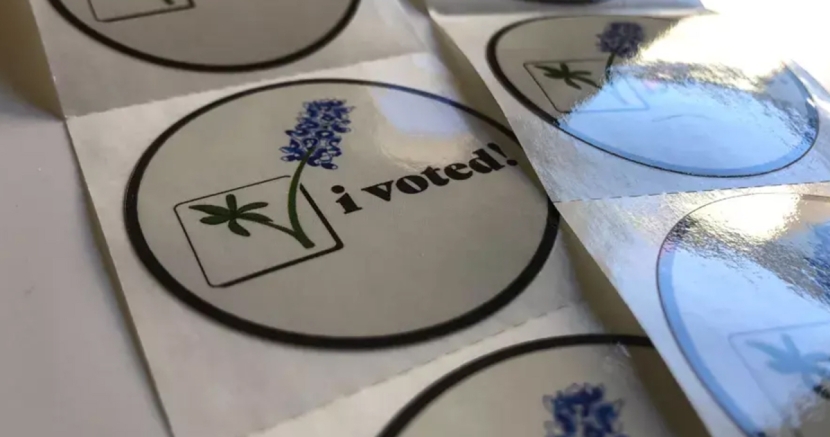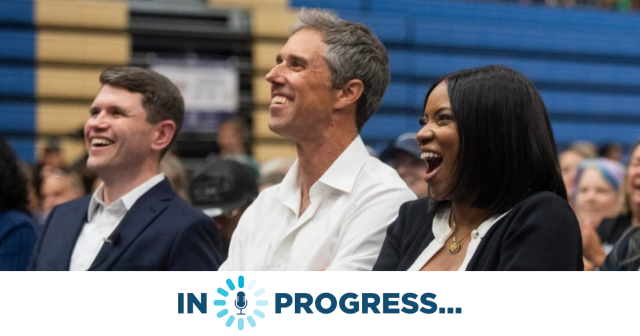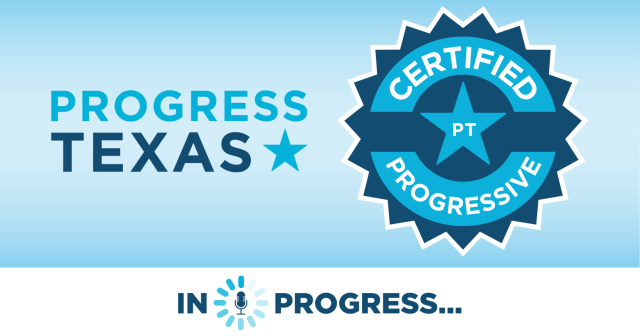Democrats in Texas had a good summer - but things started to change around Labor Day. And over the past 10 weeks the national climate seemed to be dampening our hopes.
And while Republicans maintained their statewide offices, a national red wave never materialized - and Texas Democrats were able to protect gains made in recent years.
Here are six takeaways from the 2022 election in Texas…
- Turnout was down everywhere. Notably, turnout in Harris County (Houston) was down by 200,000 votes for Democrats but by only 13,000 for Republicans. That’s a huge gulf that’s impossible to overcome, but we can’t blame Houston. We’ve sliced and diced the numbers and, as you can see by our turnout tracker summarized in the table below, it was down everywhere - and it hurt Democrats the most.
But why? Several thoughts come to mind, most notably that Trump drives turnout on both sides and he was not a presence in this election like he was in 2018. We also had less enthusiasm for the candidates that were on the ballot this year, fewer competitive local races driving turnout, and let’s not forget that the legislature bent over backwards in 2021 to make it hard to vote.
|
|
|
|
|
|
|
|
|
|
|
|
|
|
|
|
|
|
|
|
|
|
|
|
|
|
|
|
|
|
|
|
|
|
|
- Democrats held the line and Gov. Abbott had no coattails. Last year we wrote that an important priority for Texas Democrats in 2022 will be to protect the gains made in recent years. They did it, only losing one seat per delegation and entirely due to redistricting. Those seats are: Congressional District 15 in South Texas, State Senate District 10 in North Texas, and State House District 52 in Williamson County. Compare that to the 2010 midterms, where Democrats lost three congressional seats along with a 25-seat pounding at the legislative level.
- Democrats and Republicans split the state’s two new competitive districts. Republicans are really good at drawing bad maps - and that also held true on election night. There were five races we watched at the legislative level in this election, ultimately three Republican incumbents won and the remaining open seats went 1-1 for each party resulting in a net gain of zero.
- Republicans did everything they could to make it harder to vote - did it work? The jury’s still out on this one, but we do know that turnout was down from 2018. But we also know that it was the second-highest only to 2018. And had we not set a midterm turnout record four years ago, we would have set one this year (hey, the bar is low).
- Messaging shifts. Democrats seemingly had the wind at their backs over the summer, with national events making the issues of guns and abortion front-and-center, and of course the ever-present issues with the grid. That all changed around Labor Day when Gov. Abbott’s migrant bussing stunt made national news, layered on top of a struggling economy. Credit to Beto O’Rourke and his team for having the discipline to stick wit the “abortion, guns, grid” messaging down the stretch - but it ultimately wasn’t enough to compete with the border and the price of gas and groceries.
- Where do Democrats go from here? Keep fighting. Democracy is like a muscle - you have to exercise it to keep it healthy. And that’s why campaigns and elections cannot be the beginning and end of your political involvement! You have to be involved with the legislature, and you should be an activist when you’re able. That’s as simple as following groups that support issues you care about, talking to your friends about the issues, and taking action. Take a breather after the election, you’ve earned it, and get back involved come January.
It may not feel like it, but we’ve climbed out of one helluva hole in Texas; in 2014 Democrats netted 1.8 million votes statewide and have added nearly 2 million ever since. The problem is that Republicans have also added about 1.7 million since then, too. We have an operational problem, the state and county parties are underfunded, and we’ve got to be smarter about our messaging. And while campaign technology is nice, let’s recognize that it supports - not supplants - relationships and field efforts.
DONATE
Your donation supports our media and helps us keep it free of ads and paywalls.









